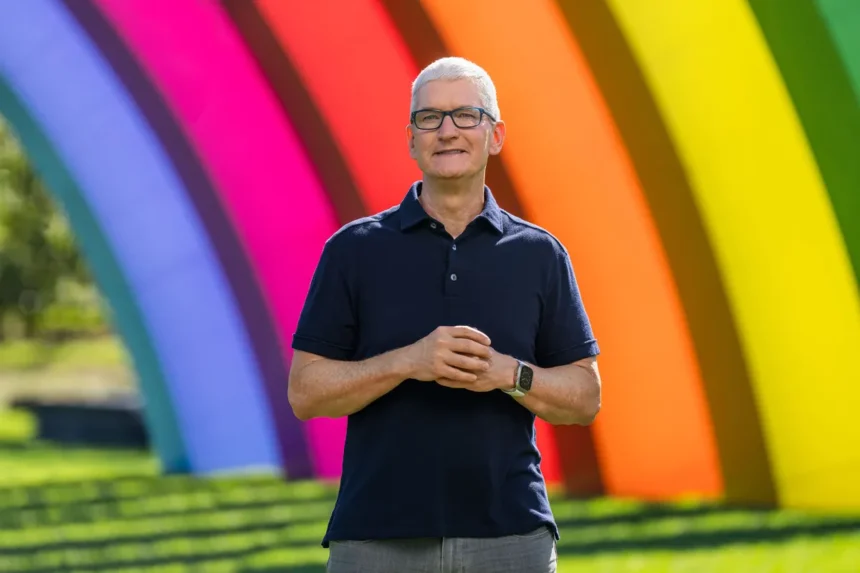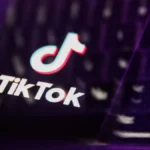In a notable development, Apple has signed the White House’s voluntary commitment to developing safe, secure, and trustworthy AI, as revealed in a press release on Friday. With the imminent launch of its generative AI offering, Apple Intelligence, the tech giant is poised to integrate generative AI into its core products, reaching its extensive user base of 2 billion.
Apple’s Strategic Move
Apple’s decision to join 15 other technology leaders — including Amazon, Anthropic, Google, Inflection, Meta, Microsoft, and OpenAI — in committing to the White House’s AI ground rules, signals a significant shift. Back in July 2023, when these commitments were first made, Apple had yet to disclose the depth of its AI integration plans. However, the message was clear at the Worldwide Developers Conference (WWDC) in June: Apple is going all in on generative AI. This strategy kicks off with a partnership to embed ChatGPT into the iPhone, positioning Apple at the forefront of AI innovation.
Given Apple’s frequent clashes with federal regulators, this early commitment could be a strategic move to demonstrate compliance with governmental expectations, potentially smoothing the path ahead of any future regulatory hurdles.
The Commitment: Symbolic or Substantive?
The efficacy of Apple’s voluntary commitments to the White House remains a topic of debate. While the commitments themselves might lack immediate enforceability, they represent an essential starting point. The White House refers to this as the “first step” towards fostering the development of AI that is safe, secure, and trustworthy. This initiative is followed by President Biden’s AI executive order issued in October, alongside several legislative efforts at both federal and state levels aiming to regulate AI more effectively.
Key Aspects of the Commitment
Under this voluntary agreement, AI companies like Apple are expected to:
- Red-Team Testing: Conduct rigorous stress testing by simulating adversarial attacks to identify vulnerabilities before public release, with the findings shared with the public.
- Confidentiality of AI Model Weights: Ensure that unreleased AI model weights are treated with strict confidentiality. Companies must work on these weights in highly secure environments, limiting access to a minimal number of employees.
- Content Labeling: Develop systems for labeling AI-generated content, such as watermarking, to help users distinguish between AI-generated and human-created content.
Broader Implications for the AI Industry
In a related development, the Department of Commerce is set to release a report on the potential benefits, risks, and implications of open-source foundation models. Open-source AI has become a hotly contested regulatory issue. Some advocate for restricting access to powerful AI model weights to enhance safety, a stance that could significantly impact the startup and research ecosystems within the AI industry. The White House’s position on this matter could profoundly influence the broader AI landscape.
Progress on the AI Executive Order
The White House also highlighted significant advancements following the October executive order on AI. Federal agencies have achieved several milestones, including:
- Hiring Initiatives: Over 200 AI-related positions filled.
- Resource Allocation: More than 80 research teams granted access to computational resources.
- Framework Development: Release of multiple frameworks for AI development, underscoring the government’s structured approach to AI.
Conclusion
Apple’s alignment with the White House’s AI safety commitment marks a pivotal moment in the tech industry’s journey towards responsible AI development. As the landscape continues to evolve, these early steps are crucial in setting the stage for a future where AI technology is developed and deployed with safety, security, and trust at its core.
Stay tuned as we watch how these commitments shape the future of AI, not just for Apple, but for the entire tech industry.










